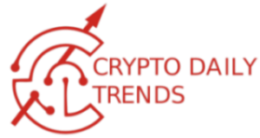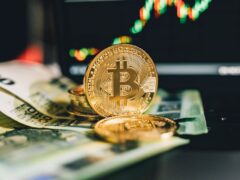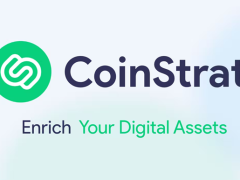
In the age of digitization, the concept of ownership and investment is undergoing a profound transformation. Traditional assets, ranging from real estate and artwork to securities and commodities, are being reimagined and represented in digital form through a process known as tokenization.
Keep reading to learn how this revolutionary innovation is reshaping the way we think about ownership, investment, and access to assets while revealing new opportunities for liquidity, efficiency, and inclusivity.
Content
What is Tokenization?
Tokenization involves representing real-world assets as digital tokens on a blockchain or distributed ledger. These tokens are programmable, divisible, and transferable units of ownership that provide a transparent and immutable record of asset ownership and transactions.
By digitizing assets through tokenization, previously illiquid and fragmented markets can be transformed into liquid and accessible investment opportunities.
Impact on Traditional Asset Classes
Real Estate
Tokenization allows investors to own fractional shares of real estate properties, enabling access to previously inaccessible markets and reducing investment barriers such as high minimum investment requirements and illiquidity. Property owners benefit from increased liquidity, reduced transaction costs, and access to a global pool of investors.
Art and Collectibles
Tokenization democratizes access to the art market by allowing investors to own fractional shares of valuable artworks and collectibles. Fractional ownership of artworks enables diversification, liquidity, and transparent price discovery, while artists benefit from increased exposure, funding, and royalties.
Securities
Traditional securities, such as stocks, bonds, and derivatives, can be tokenized to enhance liquidity, efficiency, and accessibility. Tokenized securities offer advantages such as 24/7 trading, real-time settlement, and fractional ownership, opening up new investment opportunities for retail and institutional investors alike.
Commodities
Tokenization enables investors to trade fractional shares of commodities such as gold, silver, oil, and agricultural products. Tokenized commodities provide liquidity, transparency, and security, allowing investors to hedge against inflation, diversify their portfolios, and access global markets.
Implications of Tokenization
Fractional Ownership
Traditionally, owning assets such as real estate, artwork, or rare collectibles required substantial capital investment, making them inaccessible to many investors. However, tokenization enables these assets to be divided into smaller, tradable units represented by digital tokens.
This fractional ownership model democratizes access to investment opportunities, allowing individuals to invest in assets they would otherwise be unable to afford. Moreover, fractional ownership diversifies investment portfolios, reducing risk and increasing market participation.
Liquidity Enhancement
Historically, many assets have been characterized by illiquidity, meaning they cannot be easily bought or sold without significantly impacting their market value. Tokenization addresses this challenge by digitizing assets and enabling them to be traded on digital platforms, thereby enhancing liquidity.
Digital tokens can be bought, sold, and transferred instantaneously, facilitating 24/7 trading and real-time settlement. This increased liquidity benefits asset owners by providing faster access to capital and investors by enabling them to exit investments more easily. Additionally, tokenization opens up new avenues for secondary markets, creating vibrant ecosystems where assets can be exchanged seamlessly.
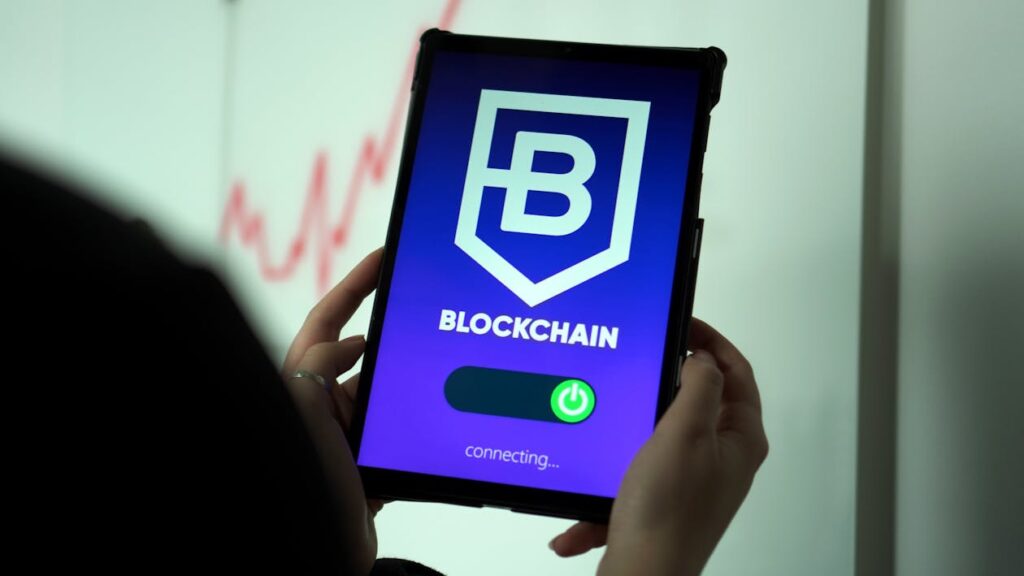
Transparency and Security
Blockchain technology, the underlying infrastructure for tokenization, provides transparency and security through its decentralized and immutable nature.
Every transaction involving tokenized assets is recorded on the blockchain, creating a transparent and auditable ledger of ownership and transaction history. This transparency instills trust in the system, reducing the risk of fraud, corruption, and counterfeiting.
Moreover, blockchain’s cryptographic security ensures that asset ownership is protected and transactions are tamper-proof, safeguarding against unauthorized access or alterations.
Programmability
Digital tokens are programmable assets that can be customized with smart contracts, self-executing agreements that automatically enforce predefined conditions when certain criteria are met. Smart contracts enable a wide range of functionalities, including automated payments, revenue sharing, governance mechanisms, and compliance protocols.
For example, real estate tokens can be programmed to distribute rental income to token holders automatically, while securities tokens can enforce regulatory compliance and facilitate shareholder voting. This programmability enhances efficiency, reduces administrative overhead, and introduces new possibilities for asset management and governance.
Market Access and Innovation
Tokenization unveils new opportunities for asset owners, investors, and entrepreneurs by expanding market access and fostering innovation. By digitizing assets, tokenization transcends geographical and jurisdictional boundaries, enabling global participation in investment opportunities.
Moreover, tokenization catalyzes innovation by providing a foundation for the development of decentralized finance (DeFi) applications, asset-backed tokens, and new financial instruments. This innovation fuels the growth of the digital economy, creating a dynamic ecosystem where traditional assets are reimagined, and new value propositions emerge.
The Process Of Tokenization
Tokenization involves several key steps, each aimed at converting real-world assets into digital tokens on a blockchain or distributed ledger. Here’s an overview of the typical tokenization process.
Asset Selection: The first step in tokenization is identifying the asset or assets to be tokenized. These assets can be tangible or intangible and include real estate properties, artwork, securities, commodities, intellectual property rights, and more. Asset owners or issuers evaluate the suitability of the asset for tokenization based on factors such as market demand, regulatory compliance, and tokenization feasibility.
Legal and Regulatory Compliance: Before initiating the tokenization process, asset owners must ensure compliance with relevant legal and regulatory requirements. This involves navigating laws and regulations governing the asset class and jurisdiction in which it operates.
Compliance considerations may include securities regulations, property laws, anti-money laundering (AML) regulations, tax laws, and more. Legal counsel and regulatory experts are often consulted to ensure that the tokenization process adheres to applicable laws and regulations.
Tokenization Platform Selection: Asset owners choose a tokenization platform or service provider to facilitate the issuance and management of digital tokens. These platforms offer a range of services, including token creation, smart contract development, regulatory compliance, investor onboarding, and token custody. The selection of a tokenization platform depends on factors such as security, scalability, regulatory compliance, and technical capabilities.
Asset Valuation and Fractionalization: Once the asset and tokenization platform are selected, the asset undergoes valuation to determine its market value. Asset valuation may involve appraisals, market analysis, and expert opinions to assess the asset’s value accurately.
For assets with high values, fractionalization may be employed to divide the asset into smaller, tradable units represented by digital tokens. Fractional ownership allows multiple investors to own shares of the asset, enabling broader participation in investment opportunities.
Tokenization Process: With the asset valuation completed, the tokenization process begins. Asset ownership rights are represented as digital tokens on the blockchain, with each token corresponding to a fraction of the underlying asset’s value.
Smart contracts, self-executing agreements that automatically enforce predefined rules and conditions, govern the issuance, transfer, and redemption of tokens. Smart contracts ensure compliance with regulatory requirements, automate administrative tasks, and provide transparency and security to token holders.
Token Offering and Investor Onboarding: Once the tokens are created, they are offered for sale to investors through token offerings or initial token sales (ITOs). Investors interested in purchasing tokens undergo a Know Your Customer (KYC) and Anti-Money Laundering (AML) verification process to comply with regulatory requirements.
Token offerings may take various forms, including public sales, private placements, security token offerings (STOs), or decentralized exchanges (DEXs). Marketing and communication efforts are employed to raise awareness and attract investors to the token offering.
Secondary Market Trading: After the token sale concludes, the tokens are listed on digital asset exchanges or trading platforms, where they can be bought, sold, and traded by investors.
Secondary market trading provides liquidity to token holders, allowing them to exit their investments or acquire additional tokens. Digital asset exchanges facilitate price discovery, order matching, and settlement of trades, providing a seamless and efficient trading experience for market participants.
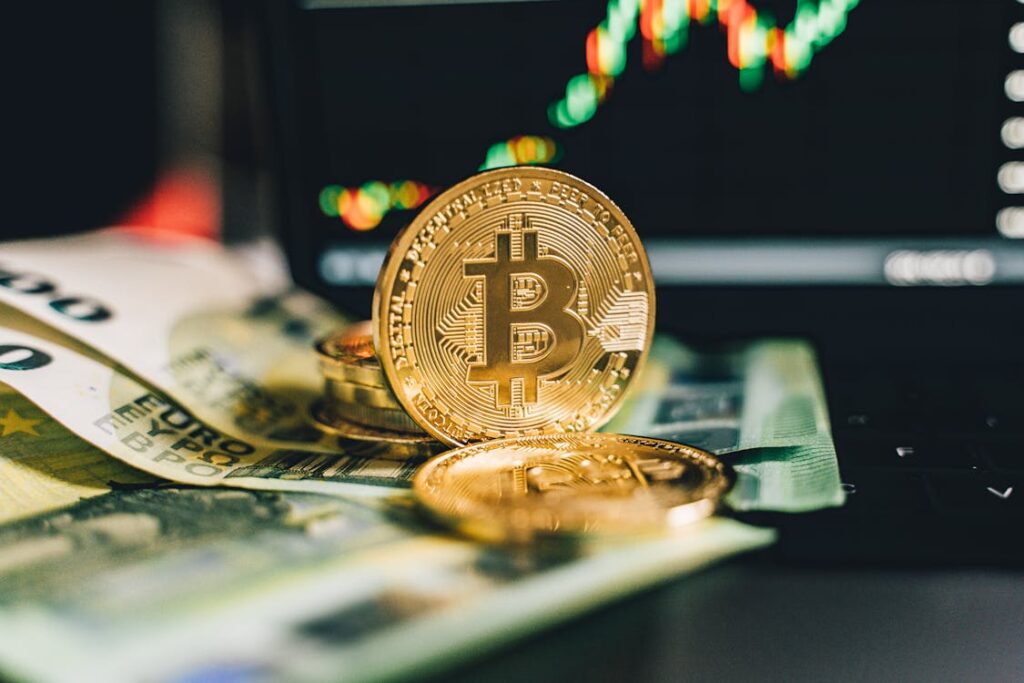
Asset Management and Governance: Throughout the tokenization lifecycle, asset owners and issuers are responsible for managing and governing the tokenized assets. This includes maintaining accurate ownership records, distributing dividends or profits to token holders, complying with regulatory requirements, and addressing investor inquiries or concerns.
Governance mechanisms, such as voting rights and decision-making processes, may be implemented to ensure transparency, accountability, and investor participation in asset management.
Redemption and Asset Backing: In some cases, tokenized assets may be redeemable for the underlying asset or its equivalent value. Asset owners or issuers may offer redemption options to token holders, allowing them to exchange their tokens for the underlying asset or cash equivalent. Redemption mechanisms provide liquidity and exit options to token holders, enhancing the attractiveness of tokenized assets as investment opportunities.
Ongoing Compliance and Reporting: Throughout the lifecycle of tokenized assets, asset owners and issuers must adhere to ongoing compliance requirements and reporting obligations. This includes maintaining accurate records of token ownership, conducting periodic audits, filing regulatory reports, and ensuring transparency and disclosure to investors.
Compliance with securities regulations, tax laws, and other regulatory requirements is essential to maintain the legitimacy and legality of tokenized assets. As the tokenization ecosystem continues to evolve, new technologies, regulatory frameworks, and market dynamics will shape the future of asset tokenization and its impact on the global economy.
But with digital asset consultants at Kenson Investments available round the clock to help you devise the best blockchain-based investment strategies, you have nothing to worry about. The professionals at the consultancy remain up-to-date with the latest happenings in the world of cryptocurrencies, DeFi investments, and other means of investing in the digital age.
Call 1.800.970.2506 to book exclusive digital asset advisory services with the experts.
Disclaimer: The content provided on this blog is for informational purposes only and should not be construed as financial advice. The information presented herein is based on personal opinions and experiences, and it may not be suitable for your individual financial situation. We strongly recommend consulting with a qualified financial advisor or professional before making any financial decisions. Any actions you take based on the information from this blog are at your own risk.
About the Author
David Martinez is a seasoned financial analyst and blockchain enthusiast with a passion for exploring the intersection of finance, technology, and innovation. With over a decade of experience in the financial industry, David has developed a deep understanding of capital markets, investment strategies, and emerging technologies.
Through his work, David aims to bridge the gap between traditional finance and the digital economy, helping individuals and institutions harness the potential of blockchain technology and asset tokenization to drive innovation and create value in the global financial system.

As a writer, Richard is an advocate of blockchain technology and cryptocurrency in general. He writes about all things from cryptography to economics, with a focus on how it applies to cryptocurrencies. He is also passionate about writing about topics such as decentralization, open-sourced software development, and copyright law.
